As more and more mums deliver their babies by a cesarean, how to breastfeed after the surgery has raised a lot of attention and concerns. You may be wondering if your baby has to drink formula milk from the very beginning if you’ve delivered by a c-section.
It is true that breastfeeding can be affected by C-sections, regardless if they are planned or not. However, that doesn’t mean that you can’t breastfeed at all, it’ll just be a little different - which we will explain here.
When Can I Start Breastfeeding?
You can usually start breastfeeding immediately after your baby’s delivery. But you may still be under the effects of epidurals and anesthesia you receive during the surgery and feel a sense of fatigue. The feeding time can be slightly delayed based on you and your baby’s conditions. Note that you will only be able to breastfeed immediately if you’ve only received an epidural (regional anesthetic) since you’ll most likely feel too out of place if you’ve received a general anesthetic. If you wish to start breastfeeding before the effects of epidurals completely take off, you will likely have to lie on your back to breastfeed. Try a cradle hold but at a higher position that is away from your incision. If it is too difficult, you can also try the football hold or side-lying position to breastfeed. Make sure to have a nurse or your partner around to check that you’re not blocking your baby’s airways.


Will Painkillers Get Into My Milk?
You will be given pain medication after your c-section to ease the post-surgical pain. If you’re worried about the side effects and plan on skipping them to ensure that you can breastfeed your baby - Worry not! Most pain medications are safe to take during breastfeeding. They don’t have serious side effects, they only make your baby sleepy sometimes.
Will My Wounds Hurt When I Breastfeed?
You can start experiencing pain from the incision site after the anesthetics wear off and when your uterus starts contracting back down in size. It can be rather difficult to breastfeed in the traditional cradle hold position when your baby’s weight presses onto your belly. Instead, try the football hold and tuck your baby beside you or try breastfeeding while lying down on the bed. Using nursing pillows can also help hold your baby’s weight and lessen the stress on your body. Check out a step-by-step guide for the Side-lying position that’s most comfortable for the first 1-2 days:
- Lie down on your hospital bed with the side rails up
- Place pillows behind your back for extra support
- Slowly turn to one side and take long breaths to relax your body, especially your abdominal muscle
- Cover your incision wound with a small towel, pillow or comforter to protect it
- Put a pillow between your legs to give you extra support so you don’t strain your stomach muscles
- Lean back to the pillows behind you
- Carefully place your baby on his/her side on your arm or on the bed
Note: Your baby should be facing towards you, face to face, chest to chest. - Lean forward a little or pull your baby closer to latch
When Will I Start Producing Milk? Is It Different from Vaginal Birth?
After you’ve delivered your placenta, your body experiences a sudden drop in estrogen and progesterone levels and a rise in prolactin. The hormonal shift will signal the production of breast milk. Normally, your milk production will not be delayed in a cesarean setting compared to a vaginal birth since the hormonal shift and signals will be the same. However, mums may suffer more mental stress during cesarean births and can thus have a delay in milk production. Your milk normally comes around Day 2-3 to Day 6, so don’t worry if your milk comes in a little bit late. You can still try to breastfeed your baby frequently and establish skin contact. Feeding your baby colostrum alone in the first few days will be enough, but you should always seek your doctor’s opinion on how your baby’s doing and if you’re feeding at the correct frequency.
Read more about c-sections:
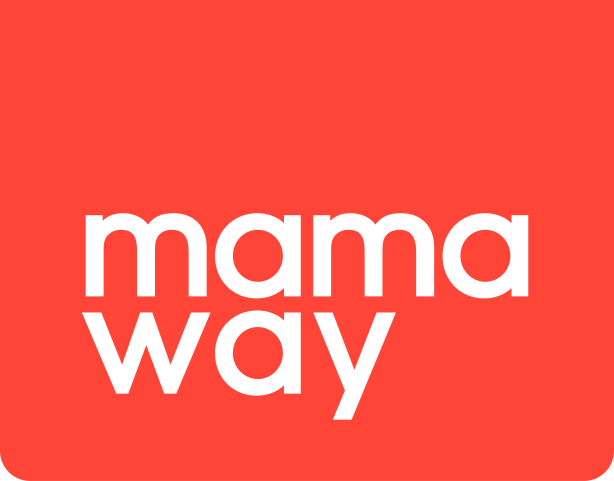



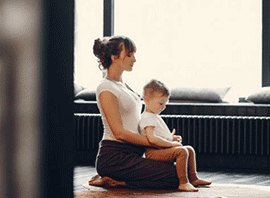






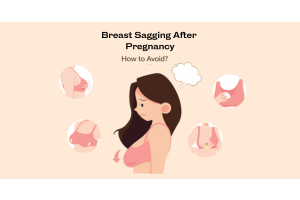

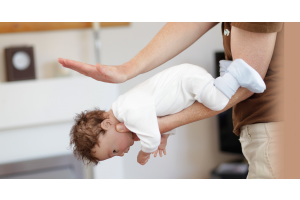
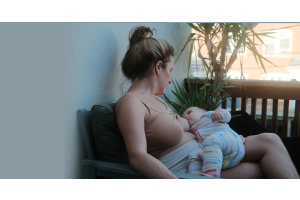
Validate your login
Sign In
Create New Account